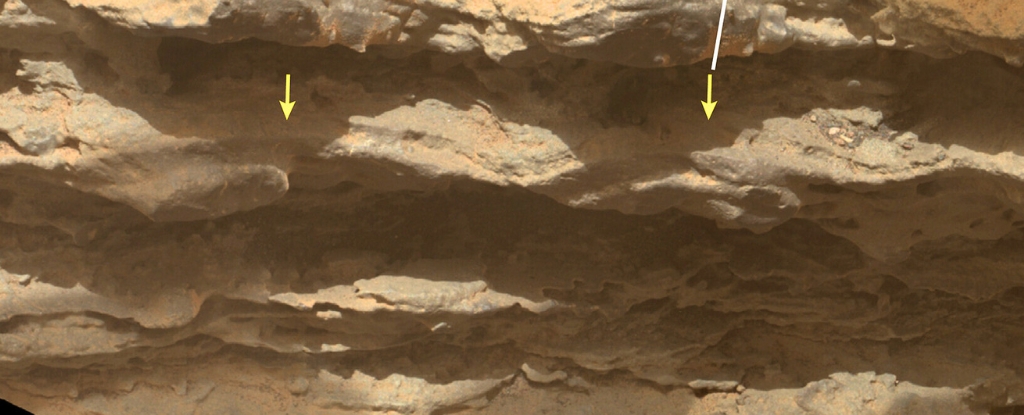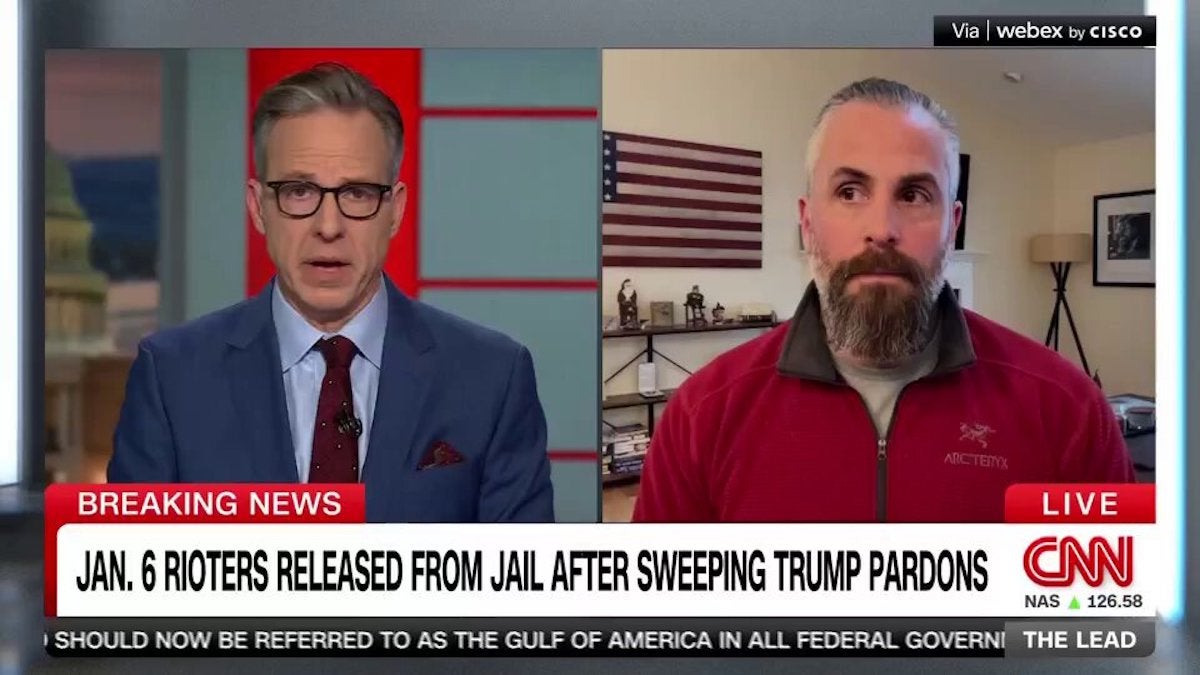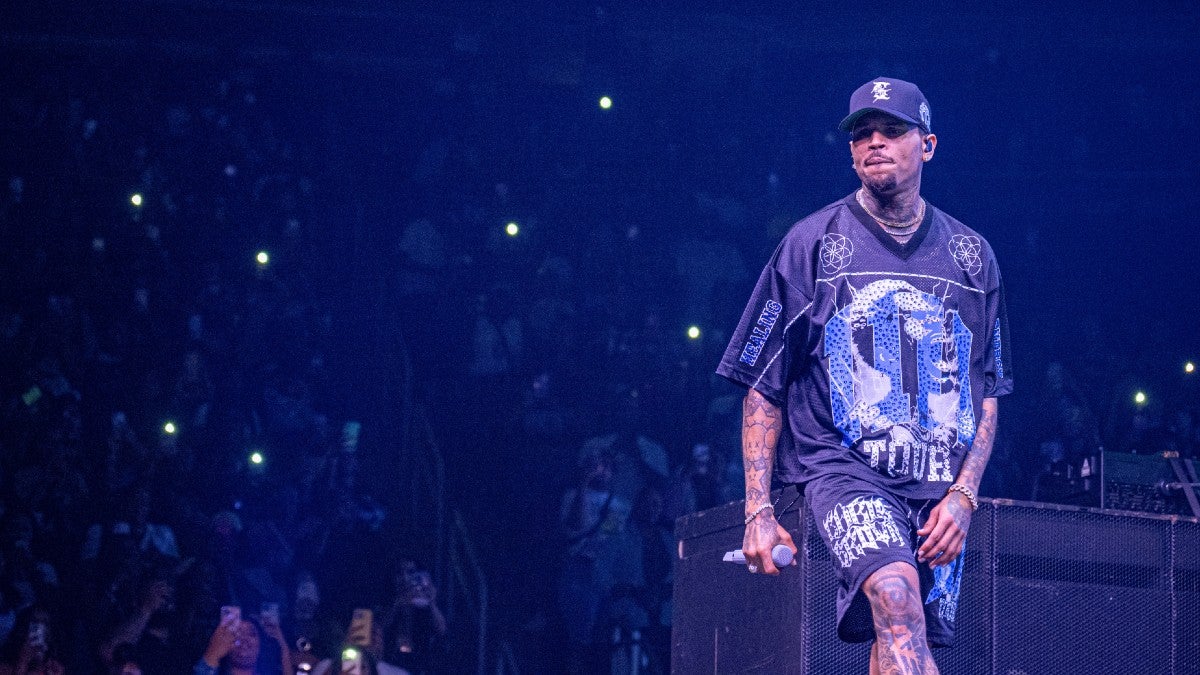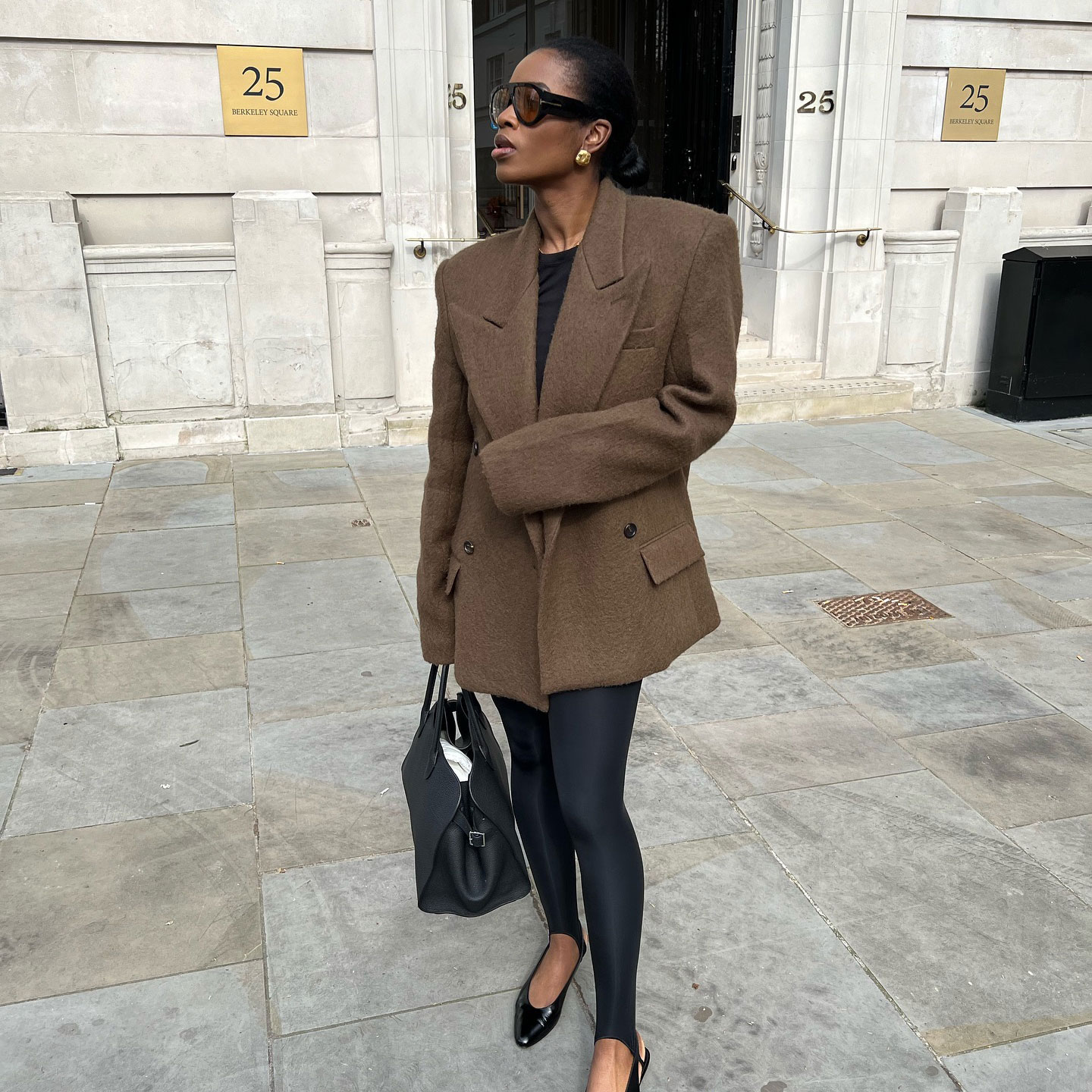The Brutalist AI backlash, explained
"The Brutalist" used some AI. So what? The revelation has ignited fresh conversation around the use of AI in movie production.


Brady Corbert's The Brutalist is one of the most prominently featured films in this year's awards season, including widespread Oscar expectations of a Best Picture nod. Set in the aftermath of World War II, it tells the story of László Tóth (Adrien Brody), a fictional Hungarian-Jewish architect forced to immigrate to the United States without his family.
The film's commitment to form is evident not only in its cinematic portrayal of Brutalism, the postwar period's defining architectural movement, but also in its reverence to American cinema of the time. Shot almost entirely on VistaVision (a format widely abandoned in the 1960s with the emergence of 70mm and CinemaScope), The Brutalist makes an event out of its theatrical screenings, with a 15-minute in-roll intermission splitting its colossal runtime of three hours and 34 minutes.
It is perhaps this return to the cinematic spectacle of the mid-20th century that has made some view The Brutalist’s use of an AI speech-enhancing software as some sort of betrayal to the craft and not as another tool available to filmmakers to enhance the impact and credibility of their storytelling. Concerns over the film industry's increasing use of AI are not unique to The Brutalist, with recent controversies including the horror Late Night With the Devil, Netflix's sci-fi anime short The Dog & The Boy, and Marvel's Secret Invasion.
But what happened and how exactly did The Brutalist use AI?
How did The Brutalist use AI?
Speaking to RedShark News, The Brutalist editor Dávid Jancsó explained that the team used software by Ukrainian AI company Respeecher to refine Brody and co-star Felicity Jones' Hungarian pronunciation in the film.
In the interview, Jancsó, himself a Hungarian speaker, talks about the difficulties of sounding native in his language. Hungarian is a Uralic language, a linguistic branch which also includes Finnish and Estonian, and some of its sounds are challenging to Anglo-Saxon speakers, even if they happen to be some of the world’s most talented actors.
What exactly does Respeecher do?
Respeecher's voice conversion system builds a database of what a person sounds like — their language, accent or other specific features (such as a lisp), then allowing an actor to perform their lines as the tool alters their voice. In The Brutalist’s case, according to Jancsó, the AI speech enhancer was only used to substitute the sound of certain letters that the actors found challenging to pronounce. According to Jancsó, Brody and Jones were aware of the alterations, and most of the corrected pronunciation was read out by the editor himself.
"Most of their Hungarian dialogue has a part of me talking in there. We were very careful about keeping their performances. It's mainly just replacing letters here and there. You can do this in ProTools yourself, but we had so much dialogue in Hungarian that we really needed to speed up the process otherwise we'd still be in post," Jancsó told the publisher.
In his interview with RedShark News, Jancsó states that these alterations would have been made regardless, but that Respeecher’s AI tool significantly sped up the process, saving the production time and money, which was especially important as The Brutalist was completed on a slim $10 million budget.
It only takes looking into Respeecher's body of work to know that The Brutalist is far from the first film using AI tools in its post-production. Speech enhancing for Hollywood productions has been the Ukrainian company's bread and butter, and the company is credited for restoring Darth Vader’s voice for the Obi-Wan Kenobi series after actor James Earl Jones retired, as well as recreating French singer Edith Piaf's voice to posthumously "narrate" her own biopic, which is still in the making.
Beyond the film world, Respeecher has been using its technology to help preserve the endangered Crimean Tatar language, which faces increased repressions under Russia’s occupation of Crimea.
Did The Brutalist use AI for anything else?
Not just used for voice corrections, however, AI was also employed to create some of Toth's architectural drawings and finished buildings featured in the Venice Biennale sequence towards the end of the film, according to Jancsó, though he doesn't specify (at the time of this article) what AI tool was used and whether the drawings were completely AI-generated.
"It is controversial in the industry to talk about AI, but it shouldn't be," the editor told RedShark News. "We should be having a very open discussion about what tools AI can provide us with. There's nothing in the film using AI that hasn't been done before. It just makes the process a lot faster. We use AI to create these tiny little details that we didn't have the money or the time to shoot."
There have been growing concerns about the use of generative AI at the expense of filmmakers, from screenwriting to acting to music production. It was one of the main instigating topics of the 2023 Writers Guild of America (WGA) and Screen Actors Guild – American Federation of Television and Radio Artists (SAG-AFTRA) strikes in 2023. After months of negotiations, the strikers reached tentative agreements which aim to regulate the use of AI in the film industry.
Whether or not these revelations will affect The Brutalist's Oscar standing remains to be seen — the nominees will be announced on Thursday, Jan. 23. But they've ignited a fresh conversation around the use of AI in movie and TV production, whether the production team was ready to find themselves within it or not.
What's Your Reaction?



















































































